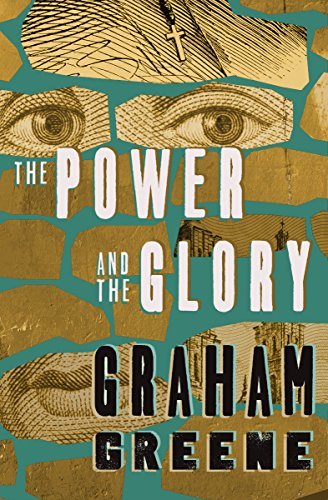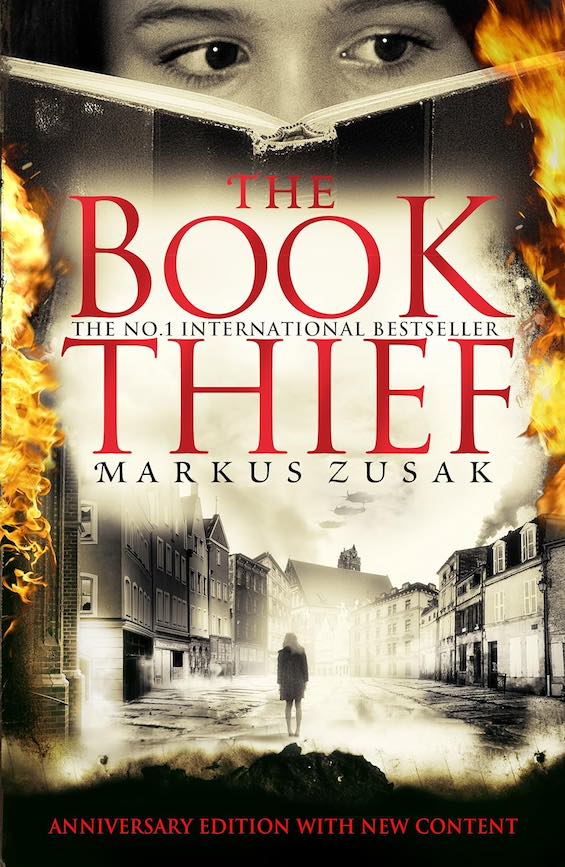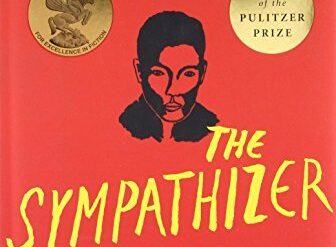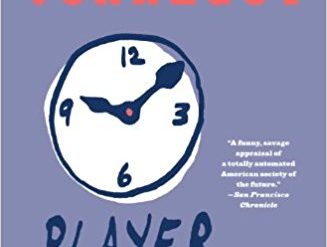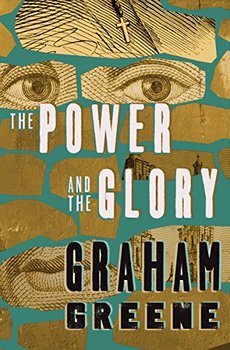
Once again, I find myself marveling that I detested a book so many literary critics called a masterpiece. The Power and the Glory is a novel published in 1940 by the celebrated English author Graham Greene. I’ve read and reviewed two of his other novels, one of which (The Quiet American) is clearly a masterpiece, and I’m far from alone in believing that. Both these stories are political, as is the book in question. It’s a tale about the repression of the Mexican Church in that country’s revolution.
The Quiet American is set in 1950s Vietnam, The Comedians in 1960s Haiti, while The Power and the Glory is based on events that unfolded in Mexico in the 1930s. What’s different about the latter novel is that Greene wrote it decades earlier than the others. He was still in thrall to the Catholic Church, to which he had converted in 1926 after meeting his future wife. In fact, Greene was an atheist, and years later he came to speak of himself as a Catholic agnostic. But in the 1930s he reveled in the mysteries and rituals of the Church. And, to my chagrin, The Power and the Glory is the story of a Mexican priest caught up in those mysteries and rituals. He is consumed by guilt for his transgressions against the rules of his Church. A Catholic might find this struggle engaging. I didn’t.
The Power and the Glory by Graham Greene (1940) 216 pages ★★★☆☆
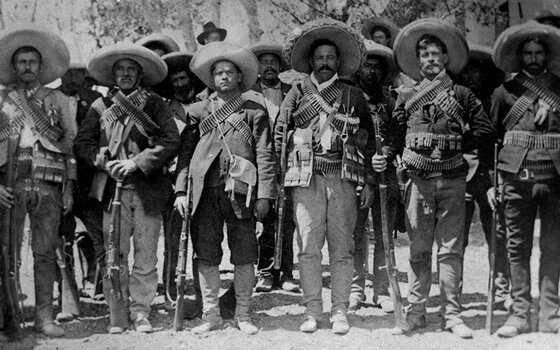
A “whisky priest with a bastard child” is a fugitive
Two men are in flight in the Mexican state of Tabasco in the 1930s. One is an American accused of murder in the United States. The other is an unnamed fugitive priest pursued by an anti-Catholic paramilitary organization called the Red Shirts as well as the police. Greene follows the two men’s erratic course through southern Mexico as they seek to make their separate ways toward less repressive regions in the country. Brave souls sometimes harbor them for a night or a week. But they are both almost always on the run.
Greene illustrates the repression of the Mexican Church through the varying fates its priests have met. Padre José has done the government’s bidding and married his housekeeper, which discredits him in the eyes of his parishioners. He is “a traitor to God,” one woman insists. The unnamed fugitive, a “whisky priest with a bastard child,” is fleeing for his life. Along the way he secretly administers the rites of the Church to the peasants who beg him for his help. But other priests have been murdered, while their bishop is in hiding in Mexico City.
That unnamed priest is the protagonist of this tale. His struggles with guilt over the sins of his past. And the shame he feels move him to repeatedly expose himself to danger from the police and the Red Shirts. He will even knowingly walk into a trap to accept the confession of a serial killer. His execution is foreordained.
The repression of the Mexican Church under the Revolution
A legacy of hostility to the Church
Mexico was the first Latin American nation to gain its independence from Spain, in 1821. And ever since that date the country’s elite rulers, a great many of them Freemasons, had been hostile to the Catholic Church. The clergy’s unconscionable racism and brutality toward indigenous people had left a bad taste in Mexican’s mouths. After all, many of the elite were, in fact, of mixed race, even though they might never admit it. Mestizos, in the local parlance. But it wasn’t until a century later in the Mexican Revolution of 1910 that anti-clericalism broke the bounds of propriety and turned violent.
The Cristero War
In the decades that followed, the Mexican government moved aggressively. Confiscating Church lands. Shuttering its churches and cathedrals. Banning the teaching of religion in the schools. Placing ever-harsher restrictions on the activities of its priests. And, finally, outlawing the practice of the religion—not just by Church officials but by individual believers as well. The repression of the Mexican Church was as brutal as what transpired during much the same period in the Soviet Union, as it underwent its own revolutionary transformation. Of course, the Church struck back, supporting an armed rebellion called the Cristero War (1926-29). But it was to little avail. As Wikipedia notes, “Where 4,500 priests served the people before the rebellion, in 1934 there were only 334 priests licensed by the government to serve fifteen million people, the rest having been eliminated by emigration, expulsion and assassination. It appears that ten states were left without any priests.” The Power and the Glory is set in the years immediately afterward.
About the author
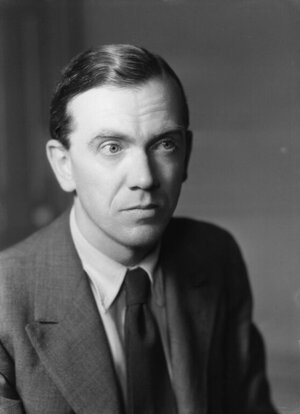
Graham Greene (1904-91) is widely regarded as one of the leading English-language novelists of the twentieth century. He was twice shortlisted for the Nobel Prize for Literature. After he converted to Catholicism in 1926, the Church loomed large in many of his novels, as it does in The Power and the Glory. In a writing career that spanned more than sixty years (1929-90), Greene wrote scores of novels, four autobiographies, four travel books, eight plays, ten screenplays, eleven collections of short stories, four children’s books, and a long list of nonfiction books.
For related reading
I’ve reviewed two other Graham Greene novels, both of which I enjoyed immensely:
- The Quiet American (The classic Vietnam novel by Graham Greene)
- The Comedians (Expatriates observe Haiti’s reign of terror in a classic Graham Greene novel)
You might also appreciate Top 10 great popular novels.
For a history of the Church, see Ten Popes Who Shook the World by Eamon Duffy (Catholic Church history through the lives of 10 Popes).
And you can always find my most popular reviews, and the most recent ones, on the Home Page.

